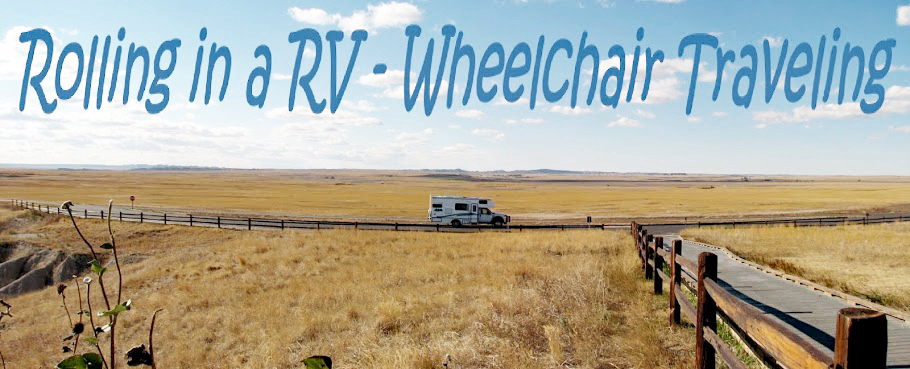When construction on Interstate 70 near Sevier, Utah began in the 1980s local elementary school children alerted
Brigham Young University archaeologists about the pottery shards and dwelling depressions located on Five Finger Ridge. At the time highway crews were digging into the ridge for fill to build up the roadway. The archaeologists worked over two seasons to excavate hundreds of artifacts and to map and photograph the locations of pithouses, granaries, and storage rooms. From radiocarbon dates and tree ring chronologies they determined that the ridge was occupied by the Fremont people from around AD 1100 to 1350.
A park and museum were established in 1987 to preserve the artifacts and the area around the ridge which protects an amazing amount of petroglyphs. The museum has nicely done exhibits but is undergoing an expansion and will be closed for the rest of 2025. A series of intersecting trails leading to panels of rock art start at the museum. Other trails are located along the park road. Pick up a park brochure at the museum which includes a map of the location of all the trails with brief descriptions.
The museum is accessible. The parking lot has long RV spaces. A short paved and accessible loop trail starts at the museum and passes by many easy to see petroglyphs. The terrain is rough and hilly so most of the other trails in the park are not accessible.
The brochure has the stops along the park road starting with number 1 at the west end. We checked some of them out.
Number 1 is a pull off with a view point of Newspaper Rock. The panel is at the bottom of the rock wall and binoculars are needed to see all of the petroglyphs.
We skipped all the way to Number 6, Cave of a Hundred Hands. The parking lot is large enough for any vehicle. The bridge across a small stream has a deck that doesn't meet flush with the ground. A short easy trail leads to a steep and narrow trail that accesses the cave. The hands are pictographs, made with paint rather than by chipping or incising the rock. A fence protects them from further graffiti. Wheelchair users will need assistance and wide wheelchairs will not fit on the narrow trail.
Number 7, Arch of Art Viewpoint, features a painted and carved design. The pull off is large enough for any vehicle. This was one that we couldn't find. Finding the pictroglyhs can depend on a combination of luck and lightning.
Number 12, Skinner Canyon Rock Art Sites is a short distance up a dirt road. It's accessible by most vehicles and has a small area to park and turn around. The path to the petroglyphs is very rough and is not accessible for wheelchair users. The petroglyphs are hard to see because a large rock has fallen and the petroglyphs are behind it. The road (high clearance) continues to the view point of another panel with a group of animals. Look for the bullet holes. There's a turn around loop at the view point. Park 38.57743, -112.3344

















I'm not sure how we missed this place since we've been by there several times, but it looks like we missed a good one! I'd love to camp here and check out all the petroglyphs, etc. Great pics, too, many thanks!
ReplyDeleteYou'll really like the park. Lots of short hikes and very nice petroglyphs. Don't miss it if you go by again!
DeleteOkeydokey!
Delete